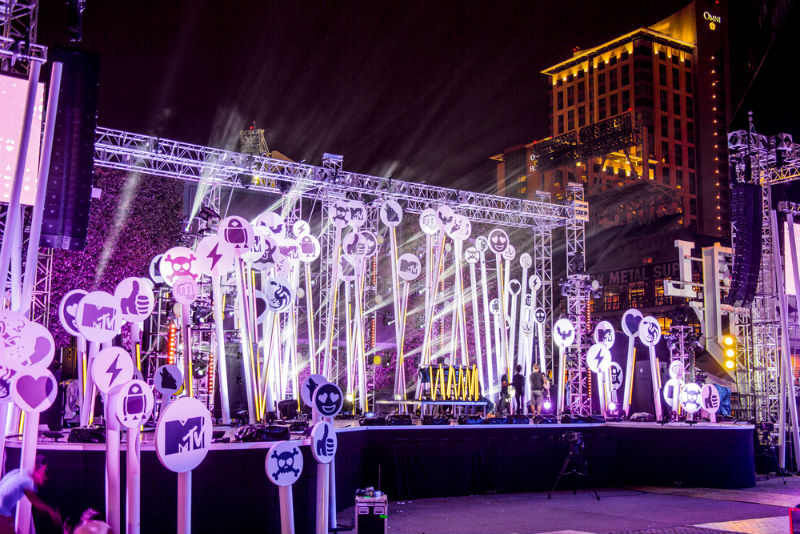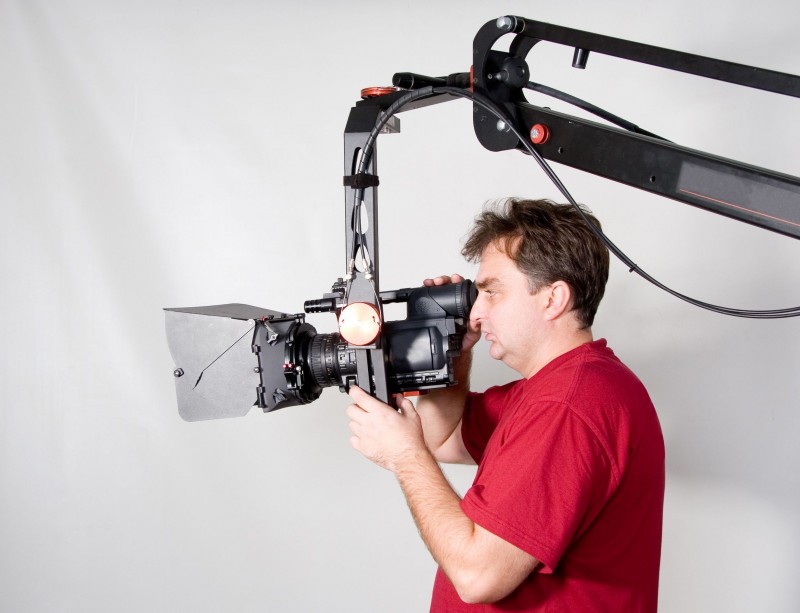Many theaters and venues use stage rigging for their performances and events. The rigging is used for a wide variety of tasks in a production, making its safety rather crucial. Ensuring that it is being properly used and to ensure the safety of all those present at that time, there are sever safety measures that can be taken.
Have the Proper Training
Any and all crew or staff members should be properly trained on how to use the rigging equipment. This will help make sure that the equipment is not only used correctly, but also help make sure that other safety measures are in place. Trained staff will be able to recognize problems with stage rigging that may pose a safety risk and can prevent any additional problems from occurring. The training will also allow staff to respond when a problem does arise.
Maintain Equipment
A necessary part of safely using stage rigging is the upkeep. Rigging wears down with usage and any damage that occurs can compromise its ability to be used safely. Routine maintenance is highly recommended and repairs should be made as soon as possible. Having extra rigging or back-ups in place can help make sure that there is enough available for a performance. Any stage rigging that is severely damaged or cannot be fixed should be removed from usage and replaced as soon as possible to ensure safety of staff and audience members.
Plan for the Worst
Problems with stage rigging can happen when it’s least expected, so it’s a good idea to have a plan in place for when something happens. A plan does not need to be overly complicated, but should be extensive enough for it to be used successfully. Back-up plans should cover a range of problems and should be made available to all crew members involved in a production. If there are changes in the stage rigging or in the equipment used, those plans should be updated to reflect those changes.







